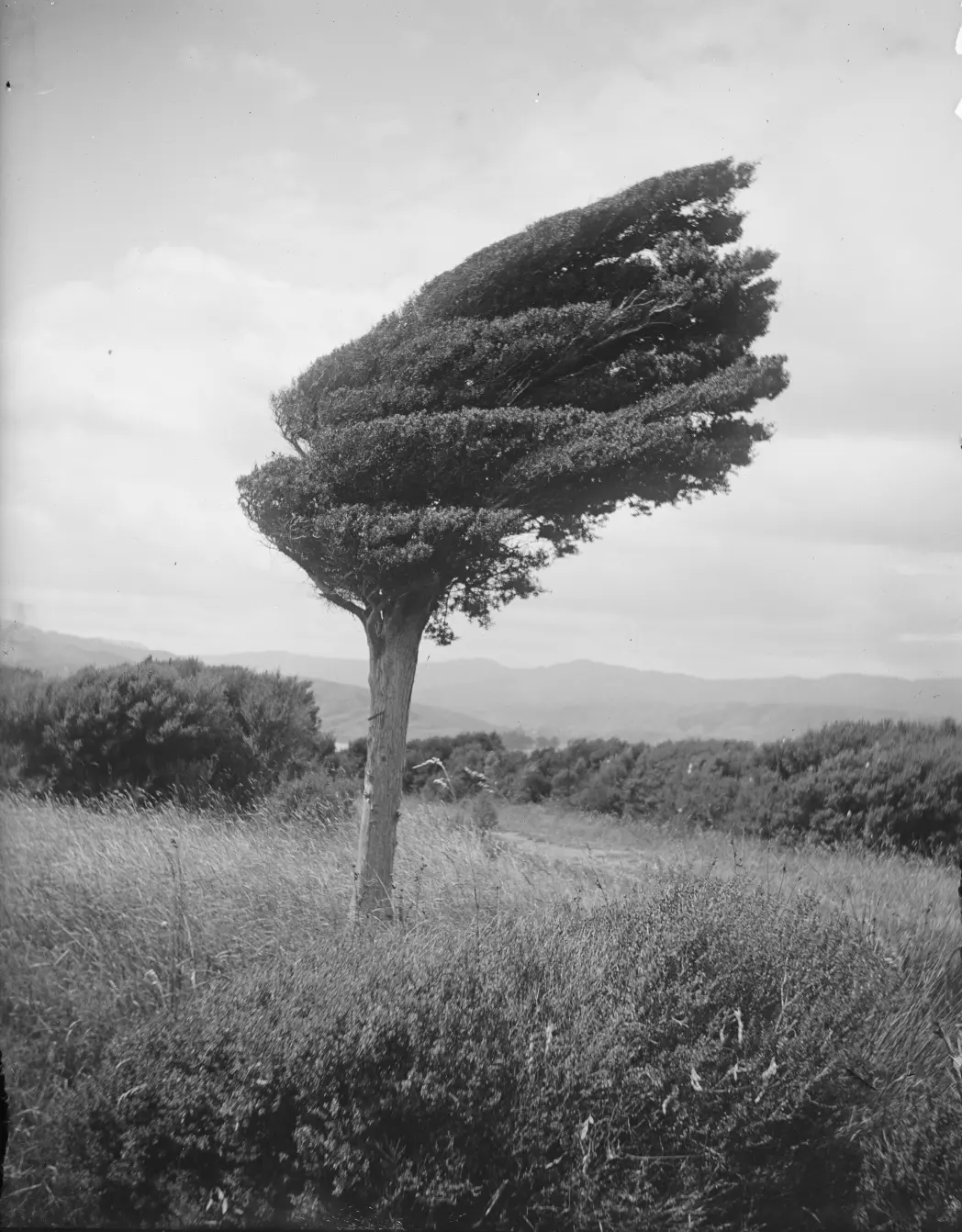
Page not found
The page you are looking for doesn't exist, or it has been moved. Please try searching using the form below.
~ Nature Artist in Kingston, Arkansas ~

The page you are looking for doesn't exist, or it has been moved. Please try searching using the form below.